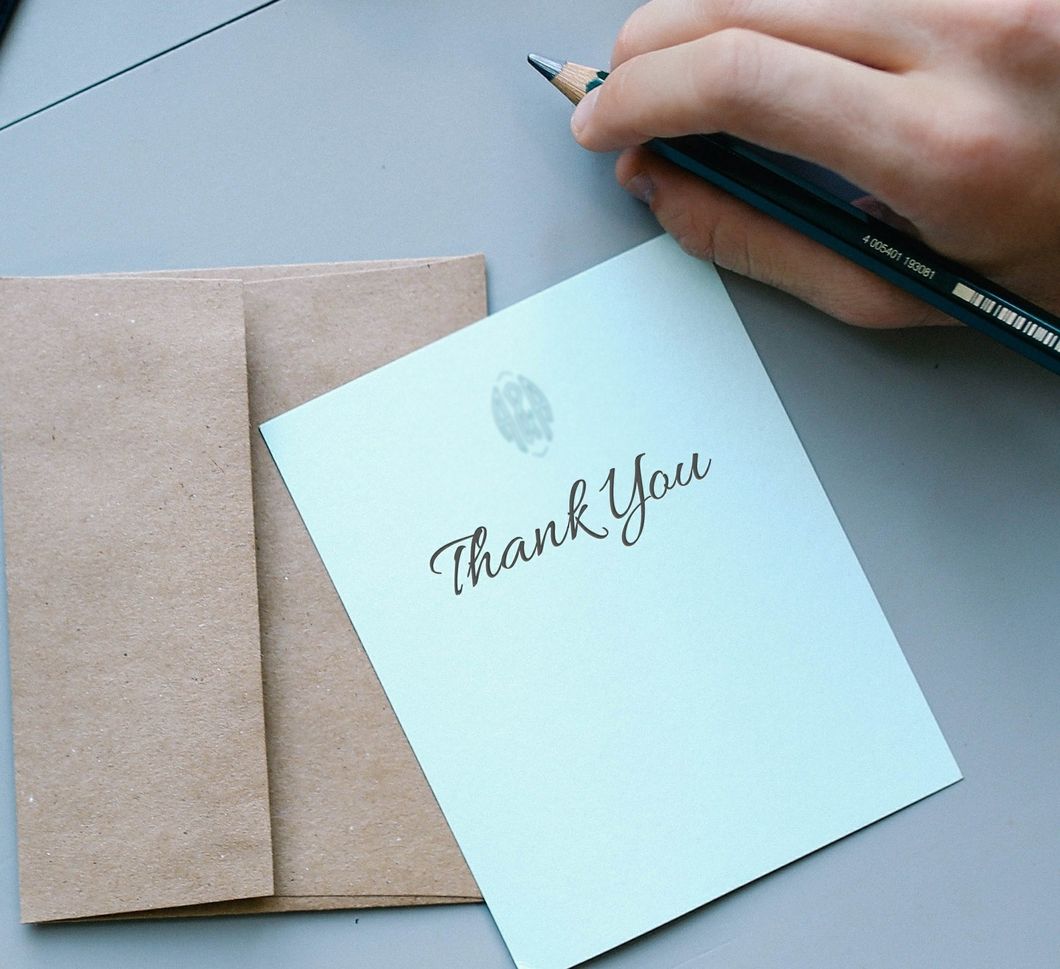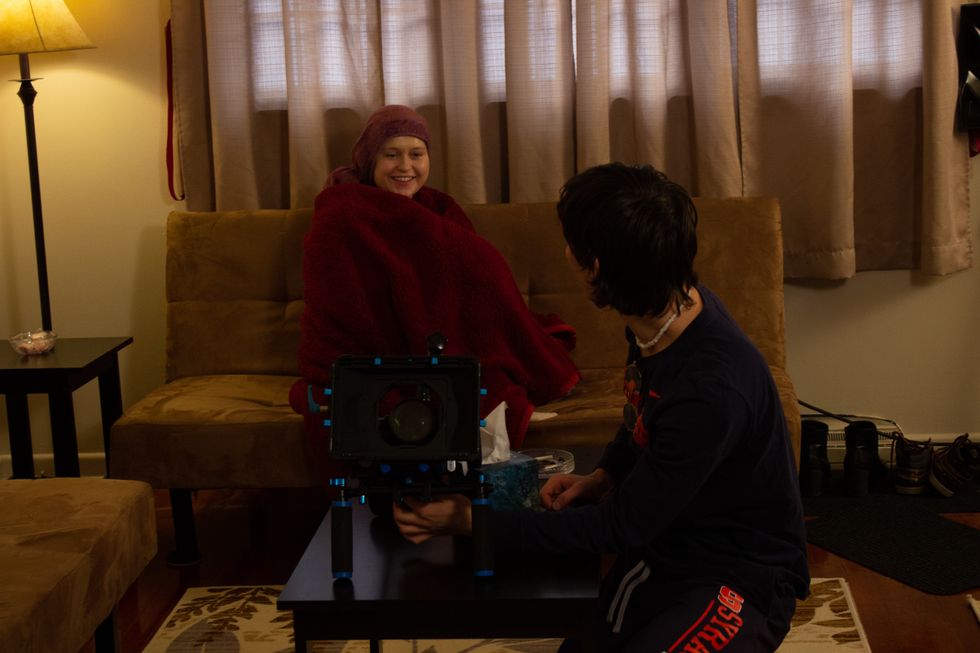5 Beginner Tips Everyone Who Took Up Sewing As A 2020 Hobby Needs To Know
For the home-ridden forlorn hobbyist.
1. The unspoken rule is fabric scissors.
Scissors are scissors...right? Not in this case. You are going to praise the deity of your choice when you discover the buttery snip of fabric scissors.
These scissors work exponentially better than your regular ol' kitchen or craft scissors, saving you from the inevitable jagged cut and a headache to boot.
The secret here is these scissors should only be exclusively used on fabric, and if not already obvious, thread as well.
2. Pin it. Pin it. Pin it MORE.
Huh, the pattern piece is shifting, the scissors cut two uneven pieces that were supposed to be identical, the lines aren't lining up, and the fabric defies you at every curve. Take this as your sign to become the dictator of your fabric!
Armed with dozens of small pointy objects, subject your piece to the torment of a thousand needles.
Line up everything from pattern pieces to half-assembled sleeves shoved into oddly-fitting armholes and pin them to death. I mean, as many as you need of course.
In all seriousness, perhaps every two inches for flatter seams-to-be and every centimeter for rounded edges.
3. Allow your seam allowance to take residence on the pattern piece.
That ragged chalk line on fabric stabs an equally ragged sword into my heart. Tearing that fabric chalk onto fabric at the bias every 5/8th an inch is a curse I wouldn't wish upon my worst enemy.
Just kidding, but not actually.
Drawing on paper is so much more beneficial for maintaining your mental health than the atrocity I mentioned previously.
Just do it. Draw that seam allowance on your pattern paper. Odds are, if you have a half-way decent sewing machine it has seam allowances marked out already so you don't actually need to follow a chalk line.
4. When in doubt, baste stitch your battleground.
Was that sleeve pattern facing this way? That way? Inside out?! You can find out by sewing it on whichever way your heart leans towards and easily taking it apart again with a snip and a rip.
Specifically, by hand-sewing with a contrasting thread off an abandoned spool you have in the back of your drawer in large stitches with a running stitch.
Do not backstitch it. I repeat, do NOT backstitch it.
Also, you can check out a low-quality image of your piece by sewing it all together with the aforementioned method only to rip it all apart again in either malicious dissatisfaction or a proud relieved sigh.
5. Work on a hard surface — not a comfortable one for your bottom.
You see that large metaphorical hard surface? Do you? A nice big wooden floor or tile? Good. If you are poor like me, your biggest craft table is your floor. Work on it.
Do not use your nice, or not-so-nice polyester blend carpet for potentially destructive art of any kind like I did.
I accidentally knocked over a box of my pins into the carpet and in the process of collecting them stepped onto one that got the pleasure of knowing the bottom of my foot very intimately.
Or accidentally pinning your fabric to the carpet. Or leaving your iron on the carpet and melting half of it.
If you need a more practical reason, it is much easier to mark chalk on fabric on hard surfaces than soft ones and pin things you intended to pin together and lay the fabric out completely flat.

















 Personal Photo
Personal Photo



















